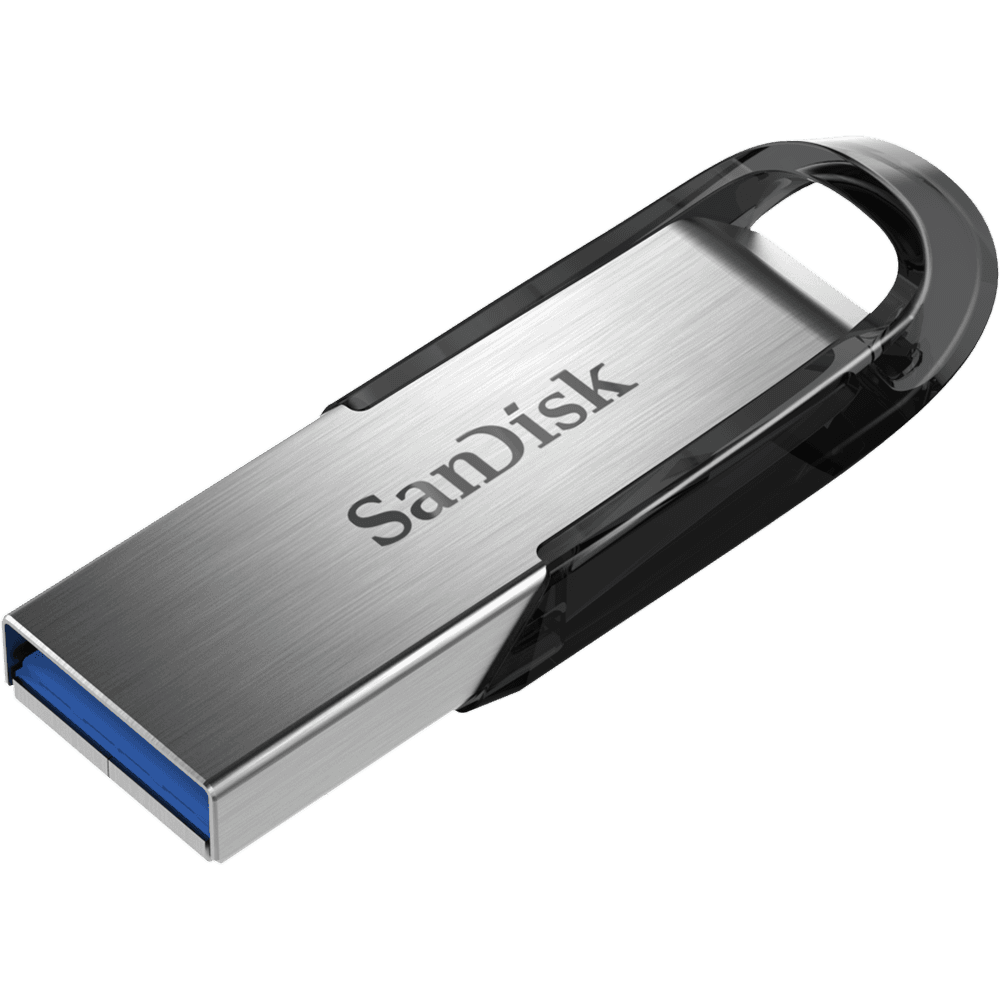1.4 The Visual Basic 6 Integrated Development Environment
Before you can write programs in VB 6, you need to install Visual Basic 6 compiler in your computer. You can purchase a copy of Microsoft Visual Basic 6.0 Learning EditionYou can also install VB6 on Windows 10 but you need to follow certain steps otherwise installation will fail. First, you need to run setup as administrator. Next, you need to use custom installation. Clear the checkbox for Data Access. If you don't, set up will hang at the end of the installation. click next and wait for installation to complete. For complete instructions, please follow this link Install VB6 on Windows 10
After installing vb6 compiler, the icon with appear on your desktop or in your programs menu. Click on the icon to launch the VB6 compiler. On start up, Visual Basic 6.0 will display the following dialog box as shown in Figure 1.1.
Figure 1.1: New Project Dialog
You can choose to either start a new project, open an existing project or select a list of recently opened programs. A project is a collection of files that make up your application. There are various types of applications that we could create, however, we shall concentrate on creating Standard EXE programs (EXE means executable). Before you begin, you must think of an application that might be useful, have commercial values . educational or recreational. click on the Standard EXE icon to go into the actual Visual Basic 6 programming environment.When you start a new Visual Basic 6 Standard EXE project, you will be presented with the Visual Basic 6 Integrated Development Environment (IDE). The Visual Basic 6 Integrated Programming Environment is show in Figure 1.2. It consists of the toolbox, the form, the project explorer and the properties window.










0 comments:
Post a Comment